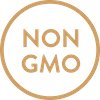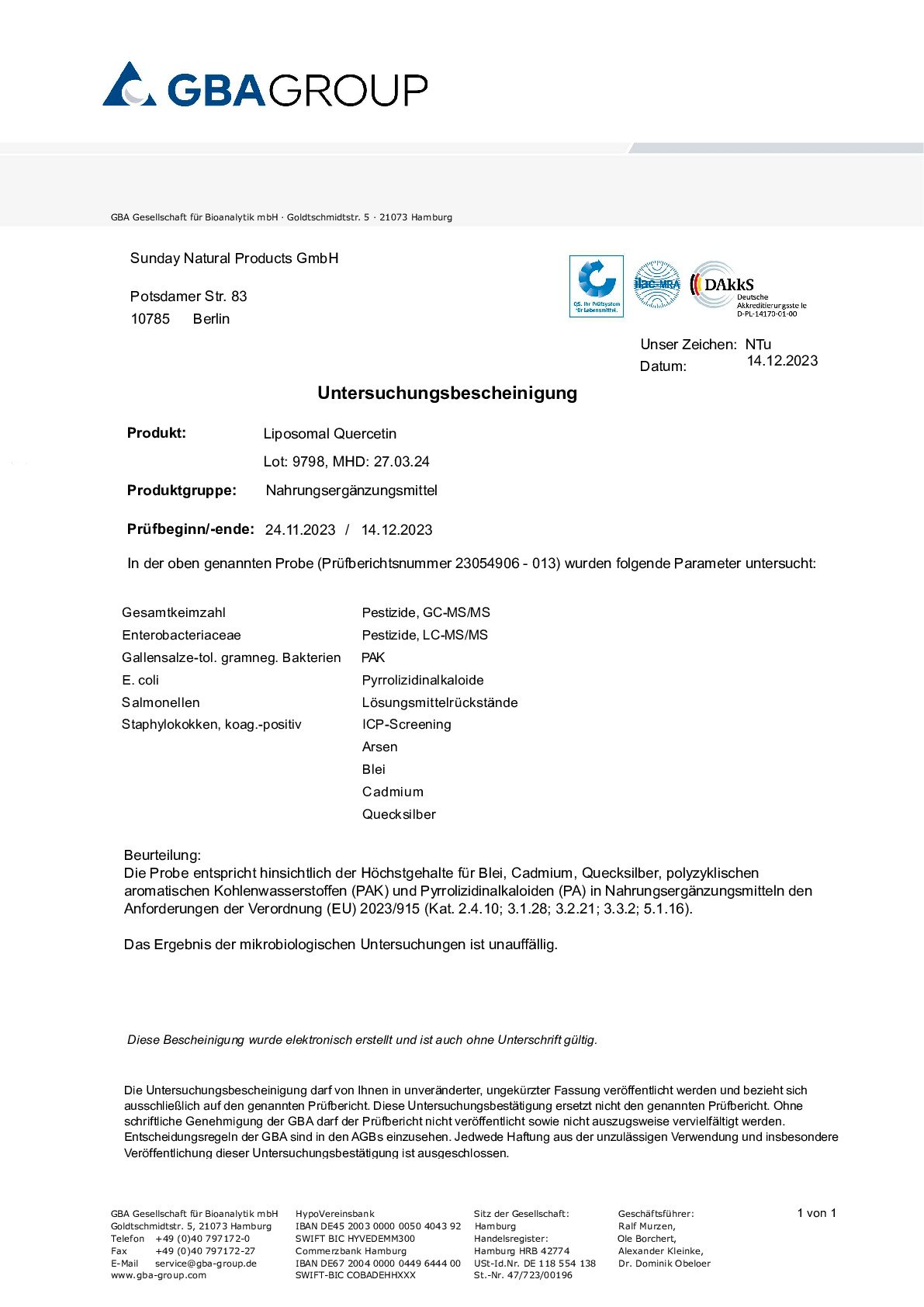Bioflavonoids, a class of plant compounds which includes quercetin, are the most abundant polyphenols (aromatic compounds) in the plant kingdom. As plant pigments, they are responsible for both the colouring of flowers and leaves as well as for protecting the plants against environmental damage.
Quercetin is particularly concentrated in the outer layers of plants and fruits in order to protect them. Foods rich in quercetin include grapes, apples and onions. Removing the skins or shells of such fruits and vegetables, however, effectively strips these foods of their quercetin. The name of this potent flavonoid is derived from the Latin "quercus" (oak) due to the high concentrations of the potent flavonoid discovered in the tree's bark. However, it is not only oak trees that are rich in quercetin; the bark and outer layers of other trees also contain large quantities of this antioxidative compound. The Japanese pagoda tree (Sophora japonica), from whose flowers we extract our 100% natural and bioavailable quercetin, contains exceptionally high amounts.


























